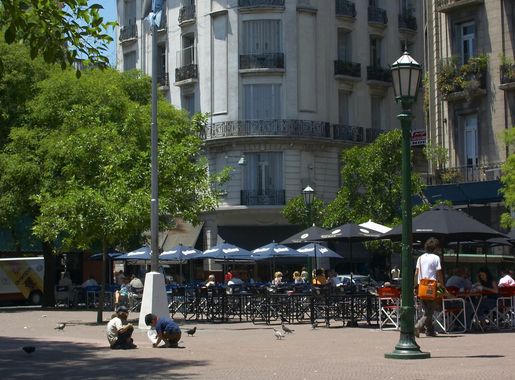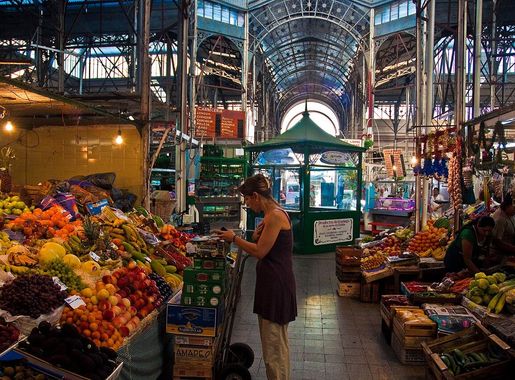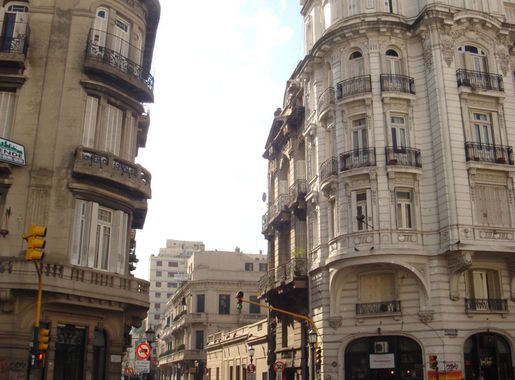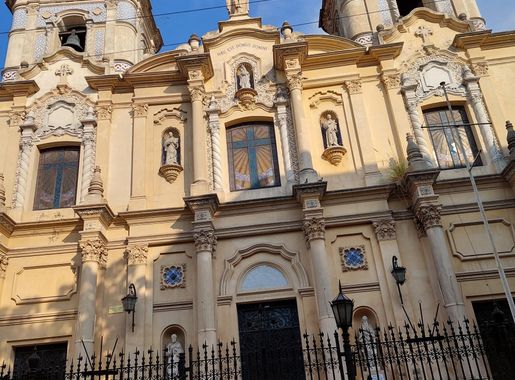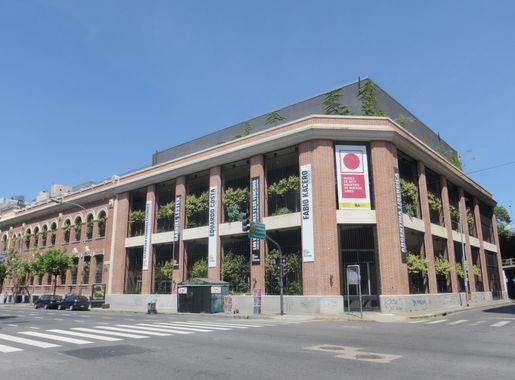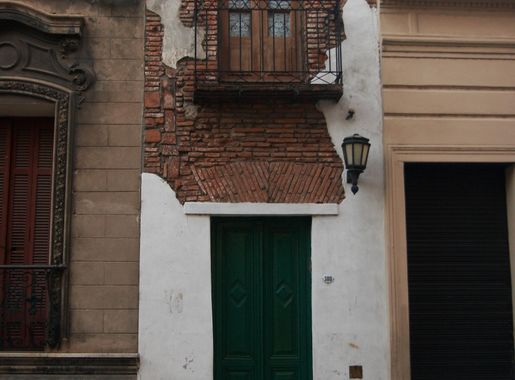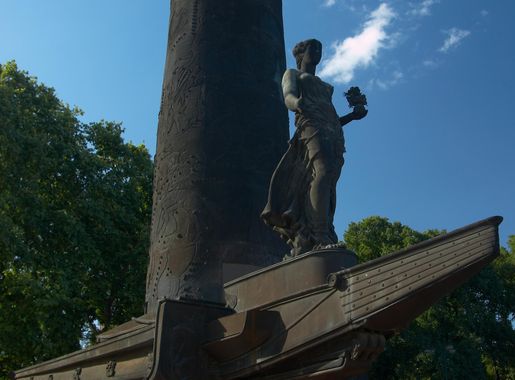
San Telmo: The Soul of Buenos Aires
Discover San Telmo, Buenos Aires: A historic neighborhood brimming with culture, antiques, tango, and culinary delights, offering a unique glimpse into Argentina's vibrant soul.
San Telmo is one of Buenos Aires' oldest and most charming neighborhoods. Known for its colonial architecture, cobblestone streets, and vibrant arts scene, San Telmo offers an authentic glimpse into the city's rich cultural heritage. As you wander through its historic streets, you'll find a delightful mix of antique shops, art galleries, and lively markets, all set against a backdrop of beautifully preserved 19th-century buildings. The heart of San Telmo is the famous Plaza Dorrego, a bustling square that comes alive every Sunday with the Feria de San Telmo, an open-air market where you can browse for antiques, crafts, and souvenirs. Street performers and tango dancers add to the festive atmosphere, making it a must-visit for any tourist. The neighborhood's numerous cafes and restaurants offer a taste of traditional Argentine cuisine, with many establishments featuring live music and tango shows in the evenings. San Telmo is also home to several notable landmarks, including the San Telmo Market, a historic indoor market offering everything from fresh produce to vintage clothing. The neighborhood's museums, such as the Museum of Modern Art and the Historical Wax Museum, provide fascinating insights into the city's past and present. Whether you're a history buff, an art lover, or simply looking to soak up the local culture, San Telmo is a destination that promises to enchant and inspire.
Local tips in San Telmo
- Visit the Feria de San Telmo on Sundays for a lively market experience with antiques and street performances.
- Explore the San Telmo Market for a variety of local goods and fresh produce.
- Enjoy a traditional Argentine meal at one of the neighborhood's many cafes and restaurants.
- Take a stroll through Plaza Dorrego to soak in the local atmosphere and watch tango dancers.
- Don't miss the Museum of Modern Art and the Historical Wax Museum for a dose of culture and history.
San Telmo: The Soul of Buenos Aires
San Telmo is one of Buenos Aires' oldest and most charming neighborhoods. Known for its colonial architecture, cobblestone streets, and vibrant arts scene, San Telmo offers an authentic glimpse into the city's rich cultural heritage. As you wander through its historic streets, you'll find a delightful mix of antique shops, art galleries, and lively markets, all set against a backdrop of beautifully preserved 19th-century buildings. The heart of San Telmo is the famous Plaza Dorrego, a bustling square that comes alive every Sunday with the Feria de San Telmo, an open-air market where you can browse for antiques, crafts, and souvenirs. Street performers and tango dancers add to the festive atmosphere, making it a must-visit for any tourist. The neighborhood's numerous cafes and restaurants offer a taste of traditional Argentine cuisine, with many establishments featuring live music and tango shows in the evenings. San Telmo is also home to several notable landmarks, including the San Telmo Market, a historic indoor market offering everything from fresh produce to vintage clothing. The neighborhood's museums, such as the Museum of Modern Art and the Historical Wax Museum, provide fascinating insights into the city's past and present. Whether you're a history buff, an art lover, or simply looking to soak up the local culture, San Telmo is a destination that promises to enchant and inspire.
Iconic landmarks you can’t miss
Plaza Dorrego
Experience the vibrant culture and history of Buenos Aires at Plaza Dorrego, where tango meets local artisan crafts in the heart of San Telmo.
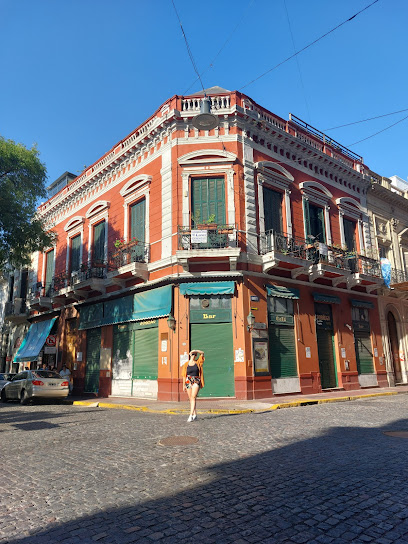
Museo Histórico Nacional
Explore the rich tapestry of Argentina's past at the Museo Histórico Nacional, a premier destination for history and art enthusiasts in Buenos Aires.
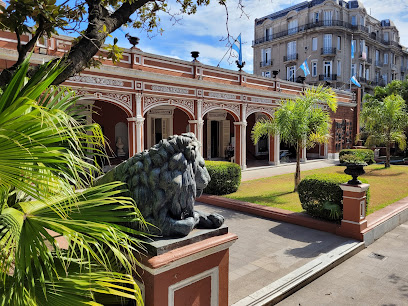
San Telmo Fair
Discover the San Telmo Fair in Buenos Aires, a vibrant market filled with local crafts, delicious food, and lively performances that embody Argentina's rich culture.
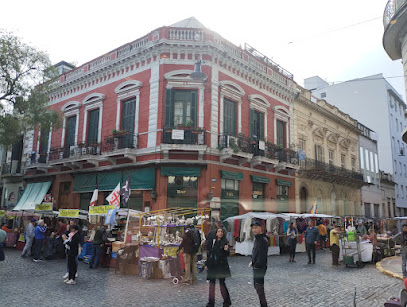
El Zanjón de Granados
Explore the hidden depths of Buenos Aires at El Zanjón de Granados, where history comes alive through its fascinating underground tunnels and artifacts.
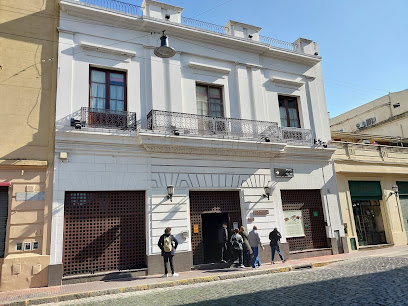
Feria De Antigüedades San Telmo Calle
Explore the enchanting Feria De Antigüedades San Telmo in Buenos Aires for a unique blend of antiques, culture, and street performances every Sunday.
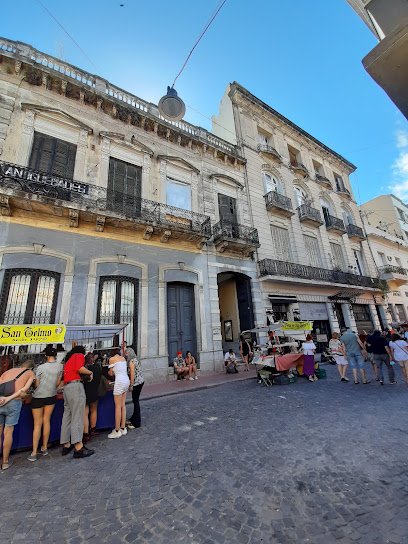
Galeria Del Asombro
Discover the captivating world of contemporary art at Galería Del Asombro in Buenos Aires, where creativity and culture come alive.

Casa Mínima
Explore Casa Mínima, the smallest house in Buenos Aires, and immerse yourself in the rich history of San Telmo's vibrant culture.
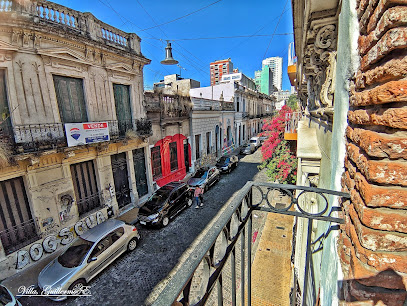
Old Hotel Gallery
Discover the artistic heart of Buenos Aires at the Old Hotel Gallery, an open-air museum in the historic San Telmo district showcasing local talent and culture.
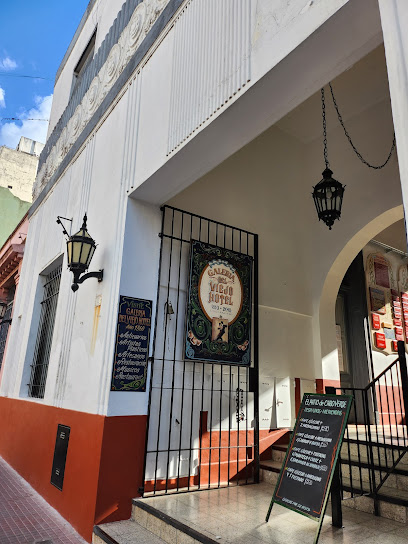
Feria San Telmo artesanal
Discover the vibrant Feria San Telmo in Buenos Aires, a historical market brimming with artisan crafts, delicious food, and rich Argentine culture.
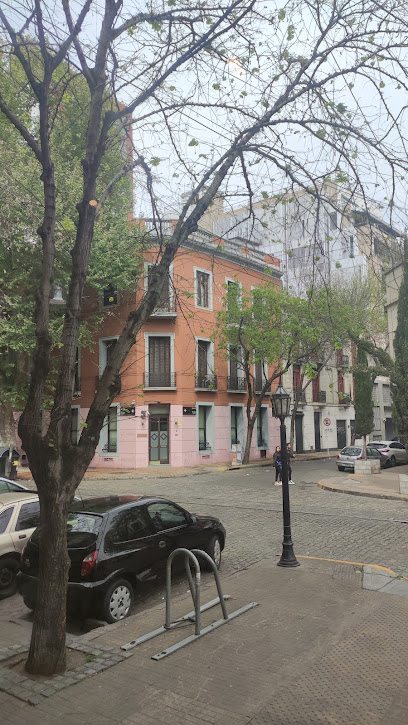
Lugar emblemático en San Telmo
Discover the heart of Buenos Aires in San Telmo, where history meets modern comfort in an emblematic holiday apartment.
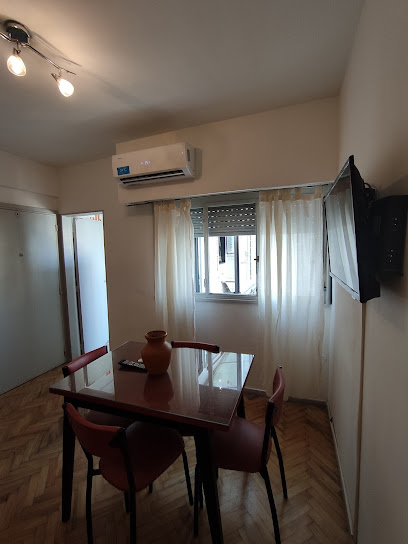
Unmissable attractions to see
Parque Lezama
Experience the tranquil charm of Parque Lezama, a lush urban park in the heart of Buenos Aires' historic San Telmo neighborhood.
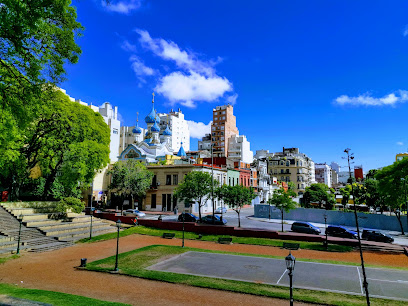
Plaza Dorrego
Experience the vibrant culture, art, and culinary delights of Buenos Aires at Plaza Dorrego in San Telmo, a historic gathering place for locals and tourists alike.

Museo Histórico Nacional
Explore Argentina's rich cultural heritage at Museo Histórico Nacional, where history comes alive through interactive exhibits and stunning artifacts.
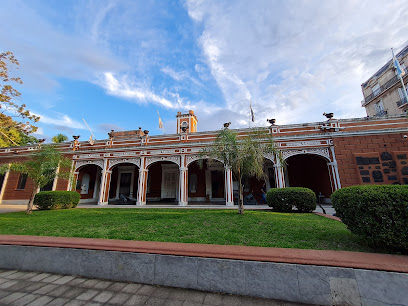
San Telmo Market
Discover the vibrant San Telmo Market in Buenos Aires, where local culture, delicious food, and artisan crafts come together in a lively atmosphere.
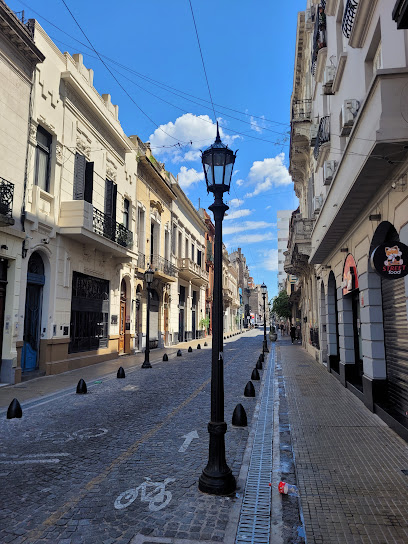
San Telmo Fair
Experience the vibrant culture of Buenos Aires at the San Telmo Fair, where local crafts, delicious food, and lively performances come together.
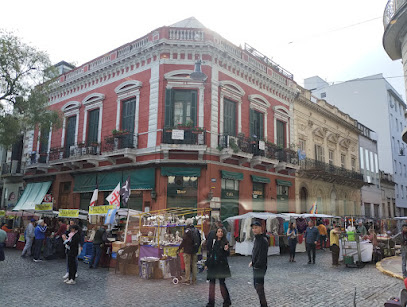
El Zanjón de Granados
Discover the underground mysteries of El Zanjón de Granados in Buenos Aires, where history and culture intertwine in a captivating museum experience.

Feria De Antigüedades San Telmo Calle
Explore the vibrant Feria De Antigüedades San Telmo in Buenos Aires, a treasure trove of antiques, local artistry, and Argentine culture.
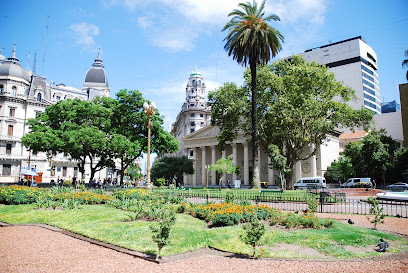
El Loco Chávez - Paseo de la Historieta
Discover El Loco Chávez, a vibrant promenade in Buenos Aires celebrating the rich legacy of Argentine comics with stunning sculptures and murals.

Galeria Del Asombro
Explore the vibrant world of contemporary art at Galeria Del Asombro, a unique museum experience in the heart of Buenos Aires' San Telmo.
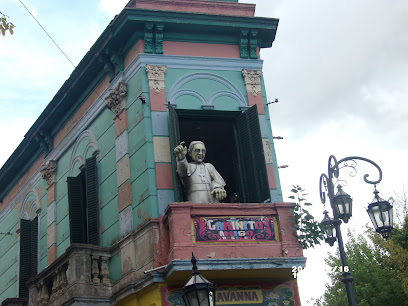
Casa Mínima
Discover the historical charm of Casa Mínima, a captivating landmark in San Telmo, Buenos Aires, offering a glimpse into the city's rich cultural heritage.
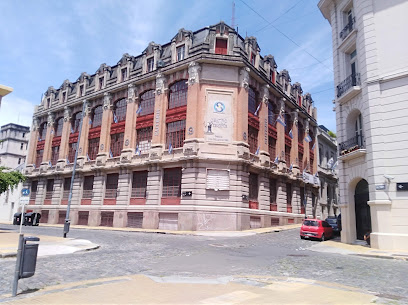
Essential places to dine
El Federal Bar
Experience authentic Argentine cuisine and vibrant nightlife at El Federal Bar in San Telmo, Buenos Aires.
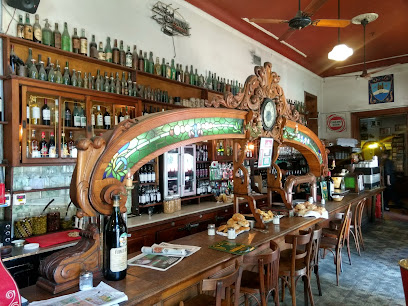
Parrilla La Brigada
Experience authentic Argentinian grilling at Parrilla La Brigada – where every steak tells a story.
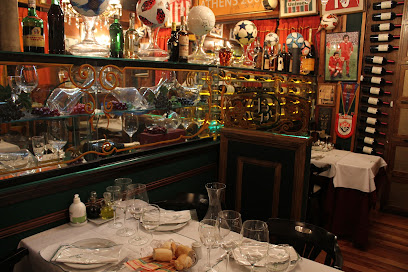
Café San Juan
Experience authentic Argentine cuisine at Café San Juan in Buenos Aires' historic San Telmo district - where every dish tells a flavorful story.
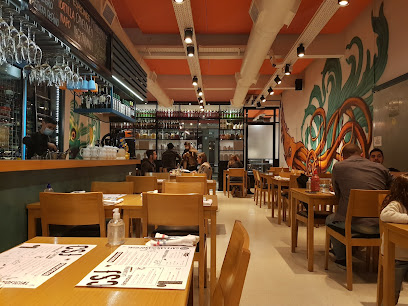
Desnivel
Discover Desnivel in San Telmo for an unforgettable Argentinian dining experience with mouthwatering grilled meats and vibrant local culture.
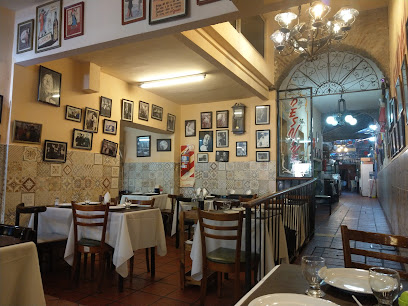
Sagardi Argentina
Experience authentic Basque cuisine at Sagardi Argentina - where grilled meats and traditional tapas come alive in Buenos Aires.
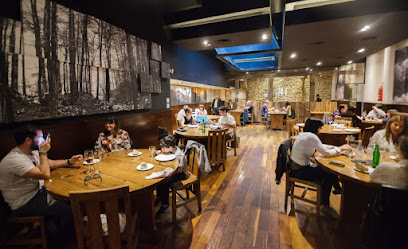
Saigón Noodle Bar
Experience authentic Vietnamese flavors at Saigón Noodle Bar in Buenos Aires – a true haven for Asian cuisine enthusiasts.
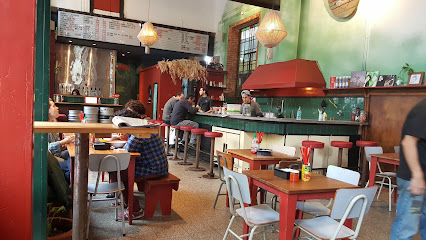
Cafè San Juan
Experience authentic Argentine cuisine at Cafè San Juan in Buenos Aires' historic San Telmo district.
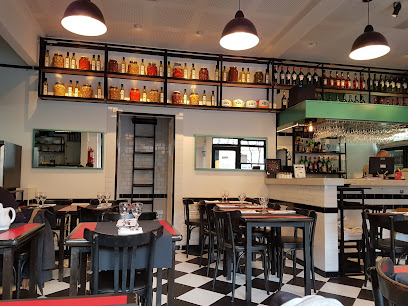
El Refuerzo
Experience authentic Argentine cuisine at El Refuerzo in San Telmo - where tradition meets taste in every delightful dish.
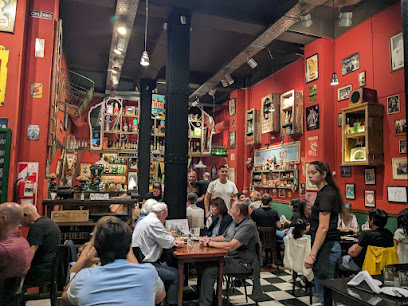
Il Sorpasso
Experience authentic Italian cuisine at Il Sorpasso in San Telmo, Buenos Aires - where tradition meets modern dining.
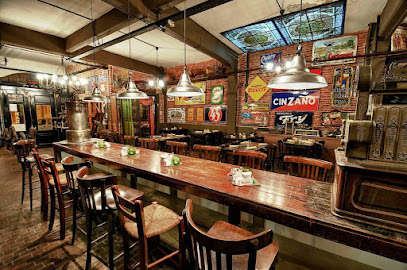
Hierro Parrilla San Telmo
Experience authentic Argentine cuisine at Hierro Parrilla San Telmo, where expertly grilled meats meet vibrant local culture in Buenos Aires.
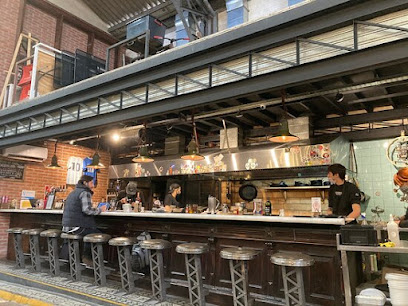
Markets, malls and hidden boutiques
San Telmo Fair
Experience the lively San Telmo Fair in Buenos Aires, where local artisans, delicious food, and vibrant street performances create an unforgettable market atmosphere.
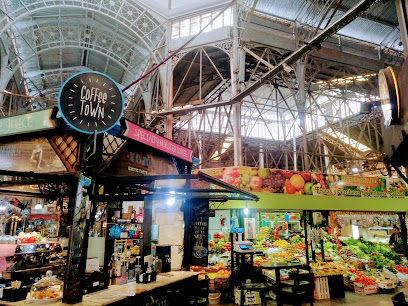
Galería Solar de French
Discover the eclectic charm of Galería Solar de French, a vibrant shopping mall in Buenos Aires' historic San Telmo, where culture meets commerce.
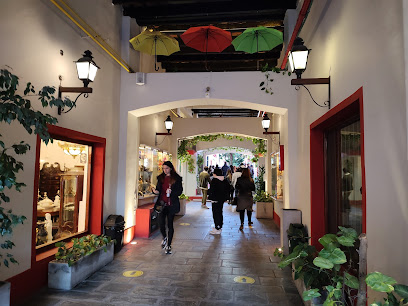
San Telmo Antiques Fair
Explore vintage treasures and local culture at the San Telmo Antiques Fair in Buenos Aires, a bustling flea market brimming with history and charm.
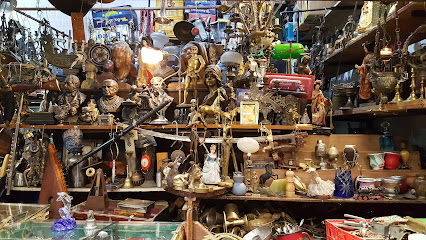
Mercado Argentino Vintage
Discover unique vintage treasures and immerse yourself in the rich fashion history of Buenos Aires at Mercado Argentino Vintage.
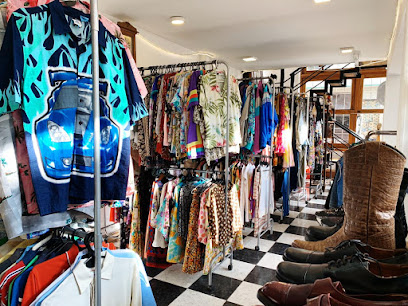
Galería de la Inmaculada Concepción
Explore the Galería de la Inmaculada Concepción in Buenos Aires, a captivating hub of antiques, unique finds, and delightful cafes in the heart of San Telmo.
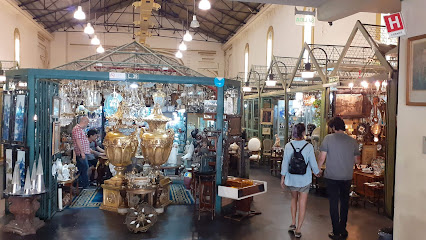
Pomba boutique
Explore Pomba Boutique in San Telmo for unique fashion inspired by Argentine culture, blending modernity with tradition.
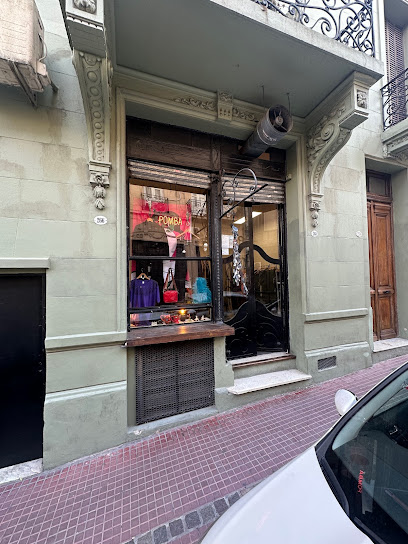
FERIA ARTESANAL SAN TELMO 1300
Explore the colorful Feria Artesanal San Telmo, a vibrant marketplace filled with local crafts, delicious food, and a lively cultural atmosphere in Buenos Aires.
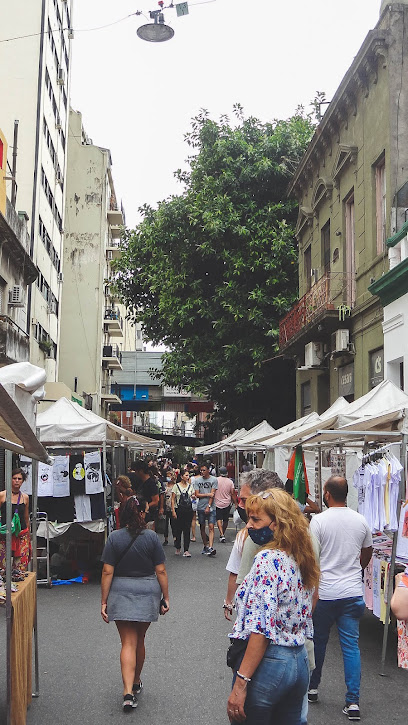
Antigua Buenos Aires
Explore Antigua Buenos Aires, a captivating gift shop in San Telmo, offering unique local crafts and artisan goods for the perfect souvenir.
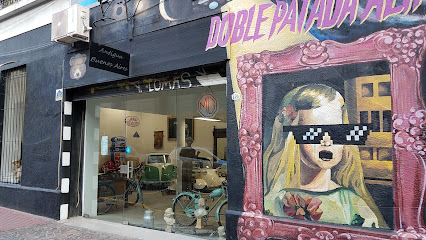
Tienda de Curiosidades
Discover unique souvenirs and local crafts at Tienda de Curiosidades, a charming gift shop in the heart of San Telmo, Buenos Aires.
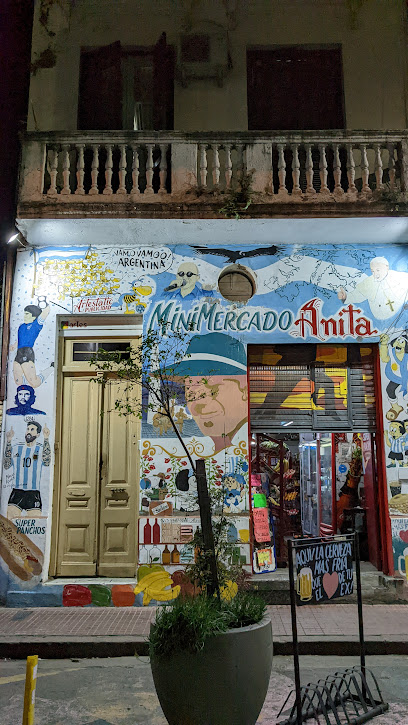
Los Ezeiza
Explore Los Ezeiza: An enchanting antique store in San Telmo, Buenos Aires, offering a unique glimpse into Argentina's rich history.
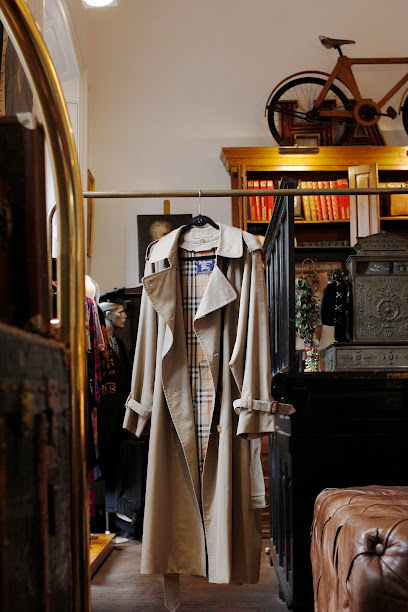
Essential bars & hidden hideouts
El Federal Bar
Experience the essence of Argentine culture at El Federal Bar, where traditional cuisine meets a vibrant atmosphere in the heart of Buenos Aires.
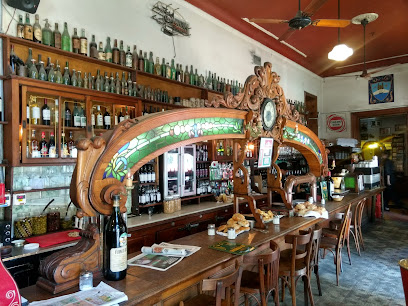
La Puerta Roja
Discover La Puerta Roja, a vibrant bar in San Telmo, Buenos Aires, where culture, cocktails, and camaraderie come together for an unforgettable experience.
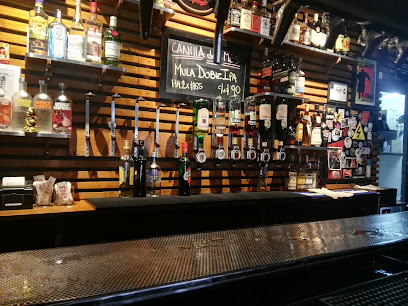
Valhalla
Experience the spirit of the Vikings at Valhalla, a unique bar in Buenos Aires offering craft drinks and delicious food in a captivating atmosphere.

The Gibraltar
Experience the vibrant nightlife and delicious cuisine at The Gibraltar, a premier bar and grill in the heart of Buenos Aires' San Telmo district.
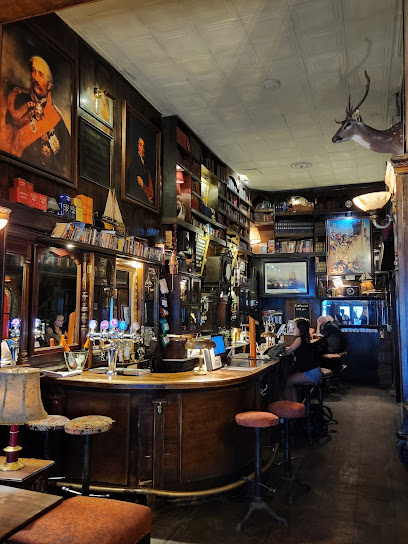
Pier 54 San Telmo
Discover Pier 54 San Telmo: a lively brewpub in Buenos Aires, offering craft beers, cocktails, and a vibrant atmosphere perfect for any occasion.
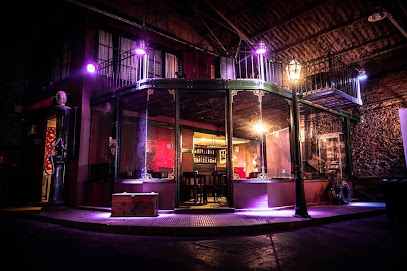
Doppelganger Bar
Discover the spirited world of cocktails at Doppelganger Bar, a premier cocktail bar in Buenos Aires' vibrant San Telmo neighborhood.
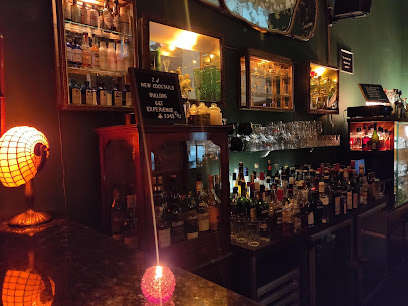
Bar Chin Chin
Experience the vibrant nightlife and local culture at Bar Chin Chin, a top bar destination in San Telmo, Buenos Aires.
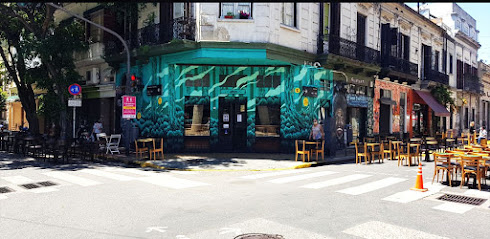
Granados bar & rest
Experience the heart of Buenos Aires nightlife at Granados Bar & Rest, where vibrant atmosphere meets exquisite Argentine flavors.

Guebara Bar
Experience the lively atmosphere and local flavors at Guebara Bar in Buenos Aires' historic San Telmo district.
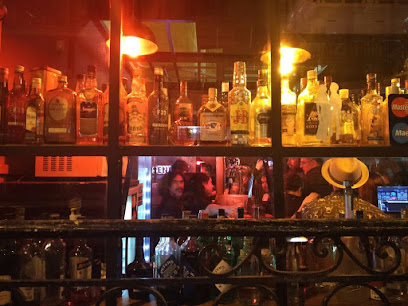
Anselmo Lounge & Wine Bar
Experience a blend of traditional Argentine flavors and modern culinary artistry at Anselmo Lounge & Wine Bar in San Telmo.
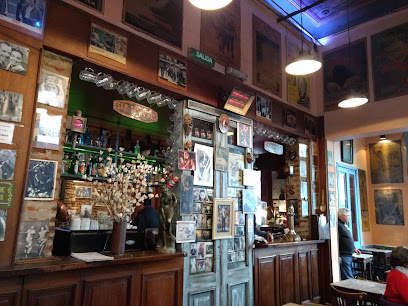
Local Phrases
-
- HelloHola
[oh-lah] - GoodbyeChau
[chow] - YesSí
[see] - NoNo
[noh] - Please/You're welcomePor favor
[por fah-vor] - Thank youGracias
[gra-see-as] - Excuse me/SorryPerdón
[pehr-dohn] - How are you?¿Cómo estás?
[koh-moh ehs-tahs] - Fine. And you?Bien. ¿Y tú?
[byen. ee too] - Do you speak English?¿Hablas inglés?
[ah-blahs een-glehs] - I don't understandNo entiendo
[noh ehn-tee-ehn-doh]
- HelloHola
-
- I'd like to see the menu, pleaseMe gustaría ver el menú, por favor
[may goos-tah-ree-ah behr ehl meh-noo, por fah-vor] - I don't eat meatNo como carne
[noh koh-moh kahr-neh] - Cheers!¡Salud!
[sah-lood] - I would like to pay, pleaseMe gustaría pagar, por favor
[may goos-tah-ree-ah pah-gar, por fah-vor]
- I'd like to see the menu, pleaseMe gustaría ver el menú, por favor
-
- Help!¡Ayuda!
[ah-yoo-dah] - Go away!¡Vete!
[veh-teh] - Call the Police!¡Llama a la Policía!
[yah-mah ah lah poh-lee-see-ah] - Call a doctor!¡Llama a un médico!
[yah-mah ah oon meh-dee-koh] - I'm lostEstoy perdido
[ehs-toy pehr-dee-doh] - I'm illEstoy enfermo
[ehs-toy ehn-fehr-moh]
- Help!¡Ayuda!
-
- I'd like to buy...Me gustaría comprar...
[may goos-tah-ree-ah kohm-prar] - I'm just lookingEstoy solo mirando
[ehs-toy soh-loh mee-rahn-doh] - How much is it?¿Cuánto cuesta?
[kwan-toh kwehs-tah] - That's too expensiveEsto es demasiado caro
[ehs-toh ehs deh-mah-see-ah-doh kah-roh] - Can you lower the price?¿Puedes bajar el precio?
[pweh-dehs bah-har ehl pree-syoh]
- I'd like to buy...Me gustaría comprar...
-
- What time is it?¿Qué hora es?
[keh oh-rah ehs] - It's one o'clockEs la una
[ehs lah oo-nah] - Half past (10)Las diez y media
[lahs d'yehs ee meh-dee-ah] - MorningMañana
[mah-nyah-nah] - AfternoonTarde
[tahr-deh] - EveningNoche
[noh-cheh] - YesterdayAyer
[ah-yehr] - TodayHoy
[oy] - TomorrowMañana
[mah-nyah-nah] - 1Uno
[oo-noh] - 2Dos
[dohs] - 3Tres
[trehs] - 4Cuatro
[kwah-troh] - 5Cinco
[seen-koh] - 6Seis
[sehs] - 7Siete
[syeh-teh] - 8Ocho
[oh-choh] - 9Nueve
[nweh-veh] - 10Diez
[dyehs]
- What time is it?¿Qué hora es?
-
- Where's a/the...?¿Dónde está...?
[dohn-deh ehs-tah] - What's the address?¿Cuál es la dirección?
[kwal ehs lah dee-rehk-syon] - Can you show me (on the map)?¿Puedes mostrarme (en el mapa)?
[pweh-dehs mohs-trar-meh (ehn ehl mah-pah)] - When's the next (bus)?¿Cuándo es el próximo (colectivo)?
[kwan-doh ehs ehl proh-ksee-moh (koh-lehk-tee-voh)] - A ticket (to ....)Un boleto (a ...)
[oon boh-leh-toh (ah ...)]
- Where's a/the...?¿Dónde está...?
History of San Telmo
-
San Telmo's history begins in the late 16th century when it was part of the original Spanish settlement of Buenos Aires. The area was initially a site for wealthy merchants and aristocrats, establishing their grand homes along the banks of the Río de la Plata. The construction of the San Telmo Church in 1734 marked the neighborhood's religious and social significance in the colonial era.
-
During the 19th century, San Telmo transformed as waves of immigrants from Europe arrived, particularly from Spain and Italy. This influx shifted the demographic landscape, and the neighborhood became home to a burgeoning working-class population. The once-opulent mansions were converted into tenements, leading to the development of a vibrant community characterized by its diverse cultural influences.
-
By the late 19th and early 20th centuries, San Telmo became known for its rich cultural scene, particularly as a cradle for the tango. The dance emerged in the brothels and bars of the neighborhood, blending African, European, and local influences. This period solidified San Telmo's reputation as a key location for the development of Argentine identity and cultural expression.
-
In the mid-20th century, San Telmo faced urban decay as wealthier residents moved to more affluent areas. The neighborhood suffered from neglect, but the late 20th century saw a revival, spearheaded by artists and young professionals drawn to its historic charm. The establishment of the San Telmo Market and the Feria de San Telmo (an arts and crafts fair) helped to reinvigorate the area, attracting tourists and locals alike.
-
Today, San Telmo is celebrated for its vibrant street life, historic architecture, and cultural institutions. The neighborhood hosts numerous festivals, art galleries, and tango shows, reflecting its rich heritage. Preservation efforts have maintained the area's historic character while also accommodating modern businesses, making it a focal point of Buenos Aires' cultural and artistic landscape.
San Telmo Essentials
-
San Telmo is conveniently located in the heart of Buenos Aires. From the city center, you can easily reach San Telmo by taking the Subte (subway) Line C to the San Juan station. Alternatively, buses such as lines 29, 39, and 70 also connect the area to other neighborhoods. If you're coming from the Ezeiza International Airport, consider taking a taxi or using a ride-sharing app, which will take approximately 40-60 minutes depending on traffic.
-
San Telmo is best explored on foot due to its charming cobblestone streets and vibrant atmosphere. Public transport options include the Subte, with the nearest station being the Independencia on Line C. Buses are also available, and you can use a SUBE card for convenient travel. For a more leisurely experience, consider renting a bicycle from local shops, as many routes are bike-friendly.
-
While San Telmo is generally safe, tourists should remain vigilant, especially in crowded areas. Areas around Plaza Dorrego, especially during the weekend market, can attract pickpockets. Avoid walking alone late at night in poorly lit streets and be cautious on Avenida Independencia. Always keep your belongings secure and be aware of your surroundings.
-
In case of an emergency, dial 911 for police, fire, or medical assistance. For non-life-threatening issues, you can visit a local hospital or clinic. It is advisable to have travel insurance that covers emergencies. For minor health concerns, pharmacies are widely available in San Telmo.
-
Fashion: Do wear comfortable shoes for walking and light clothing, as the weather can be warm. Don’t wear flashy jewelry that might attract unwanted attention. Religion: Do respect local customs, especially when visiting churches. Public Transport: Do give up your seat for elderly passengers. Don’t engage in loud conversations on public transport. Greetings: Do greet locals with a friendly 'Hola' and a smile. Eating & Drinking: Do try local dishes, especially at parrillas (steakhouses). Don’t expect quick service; meals can be leisurely.
-
To experience San Telmo like a local, visit the San Telmo Market for fresh produce and artisanal goods. Engage in conversations with local vendors to learn about their crafts. Don't miss the tango shows in the streets, particularly on Sundays. For a unique experience, explore the street art by taking a guided tour, which showcases the vibrant expressions of local artists.
Nearby Cities to San Telmo
-
Things To Do in La Plata
-
Things To Do in Colonia del Sacramento
-
Things To Do in Fray Bentos
-
Things To Do in Montevideo
-
Things To Do in Rosario
-
Things To Do in Maldonado
-
Things To Do in Punta del Este
-
Things To Do in Mar del Plata
-
Things To Do in Tacuarembó
-
Things To Do in Córdoba
-
Things To Do in Encarnacion
-
Things To Do in Carmen del Parana
-
Things To Do in San Rafael
-
Things To Do in Mendoza
-
Things To Do in Villarrica

